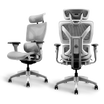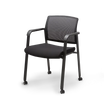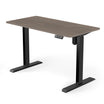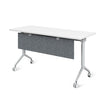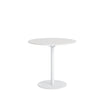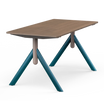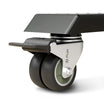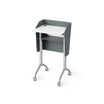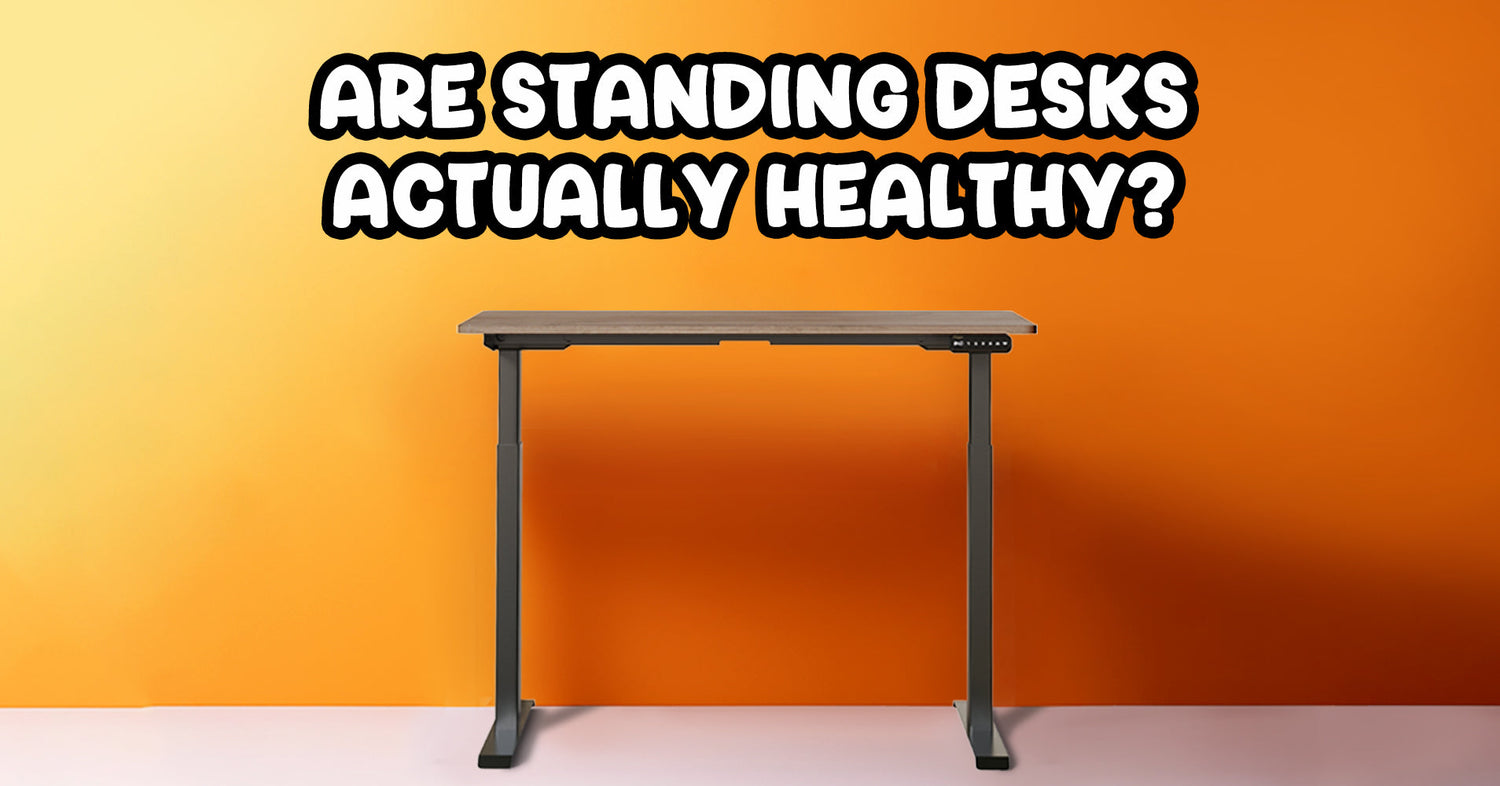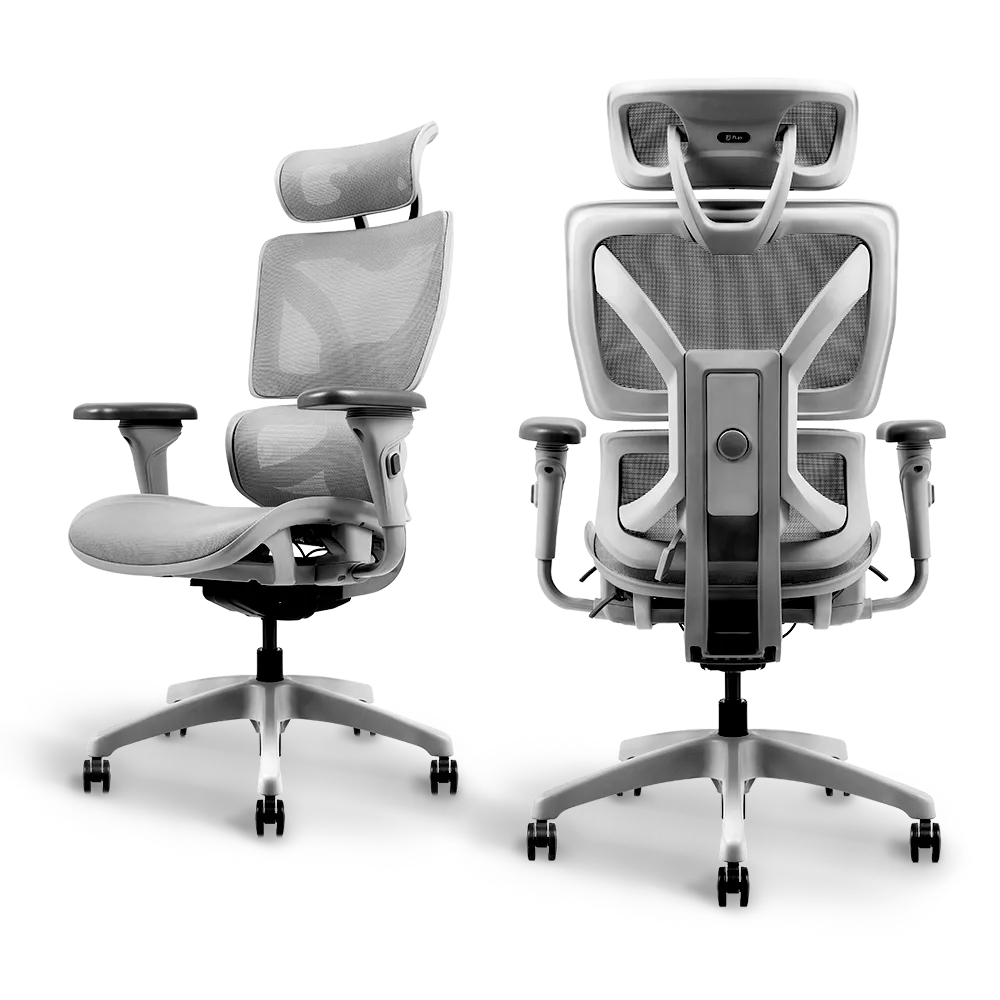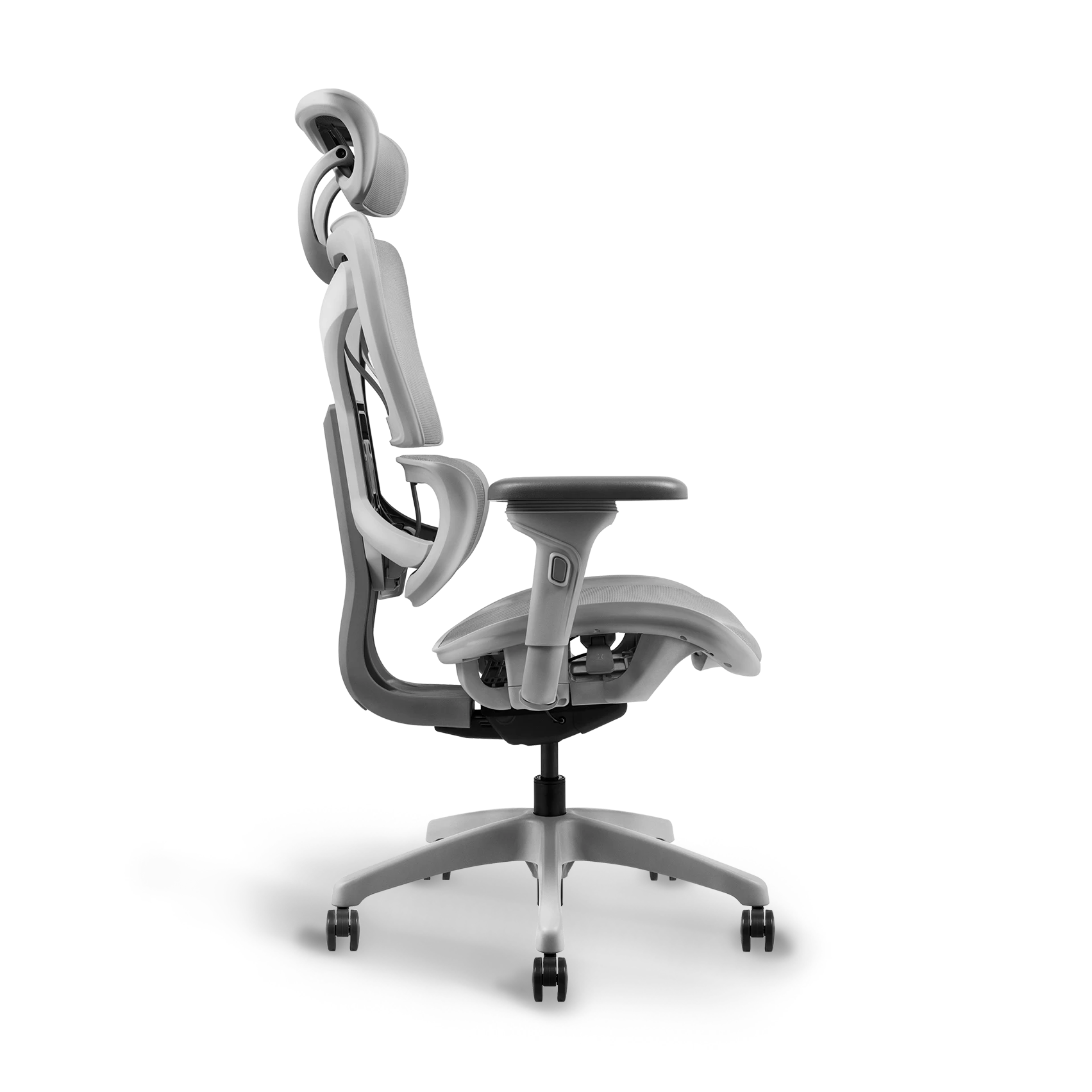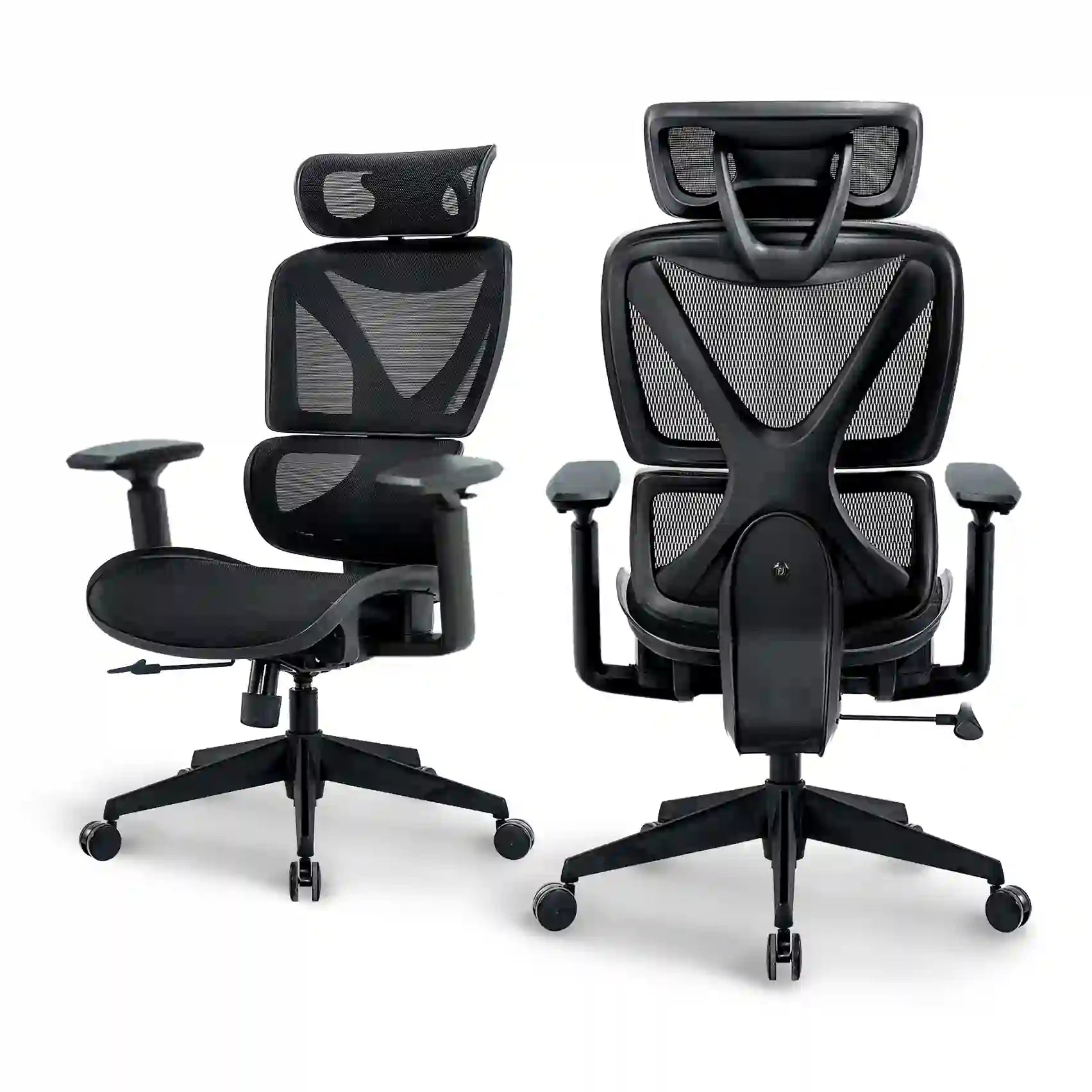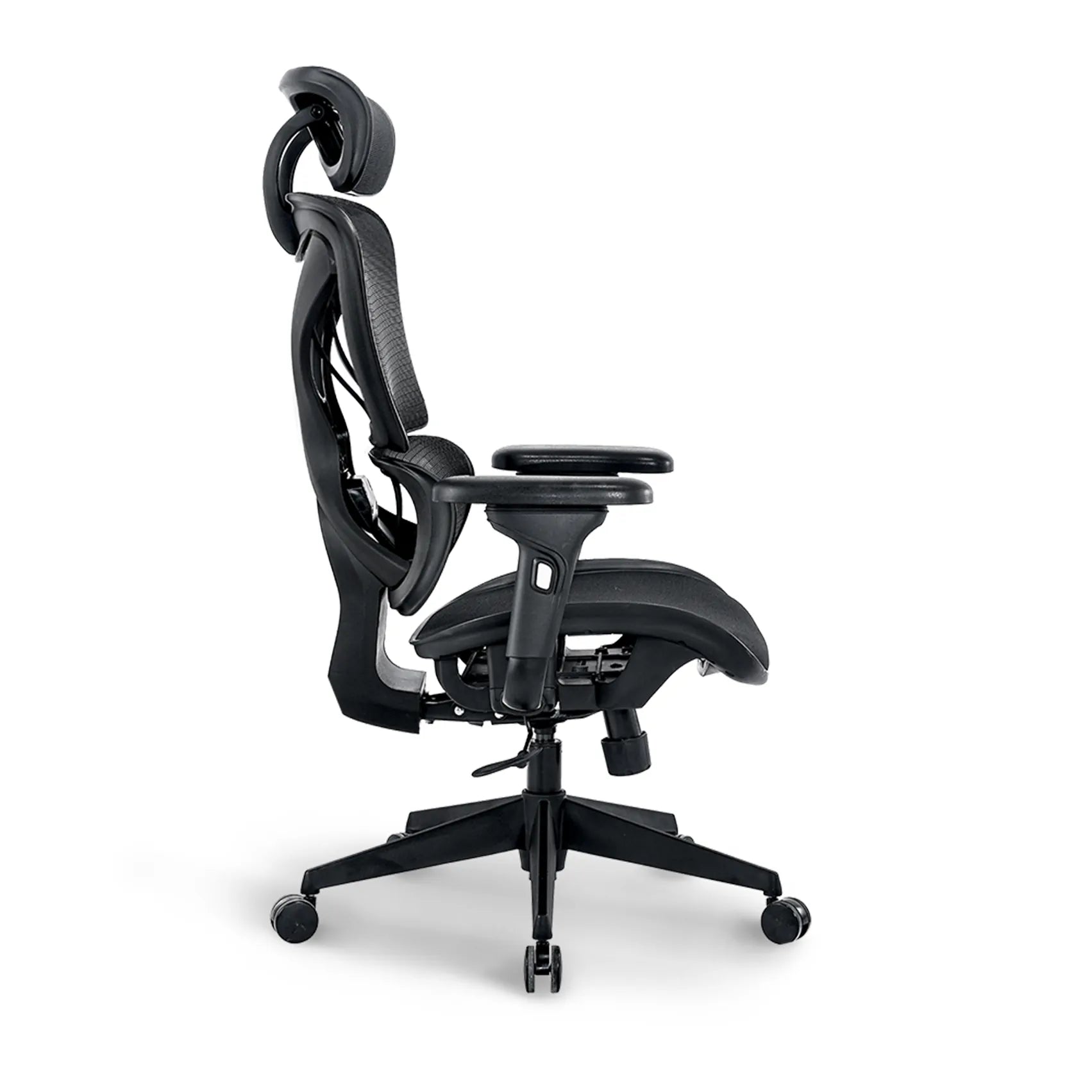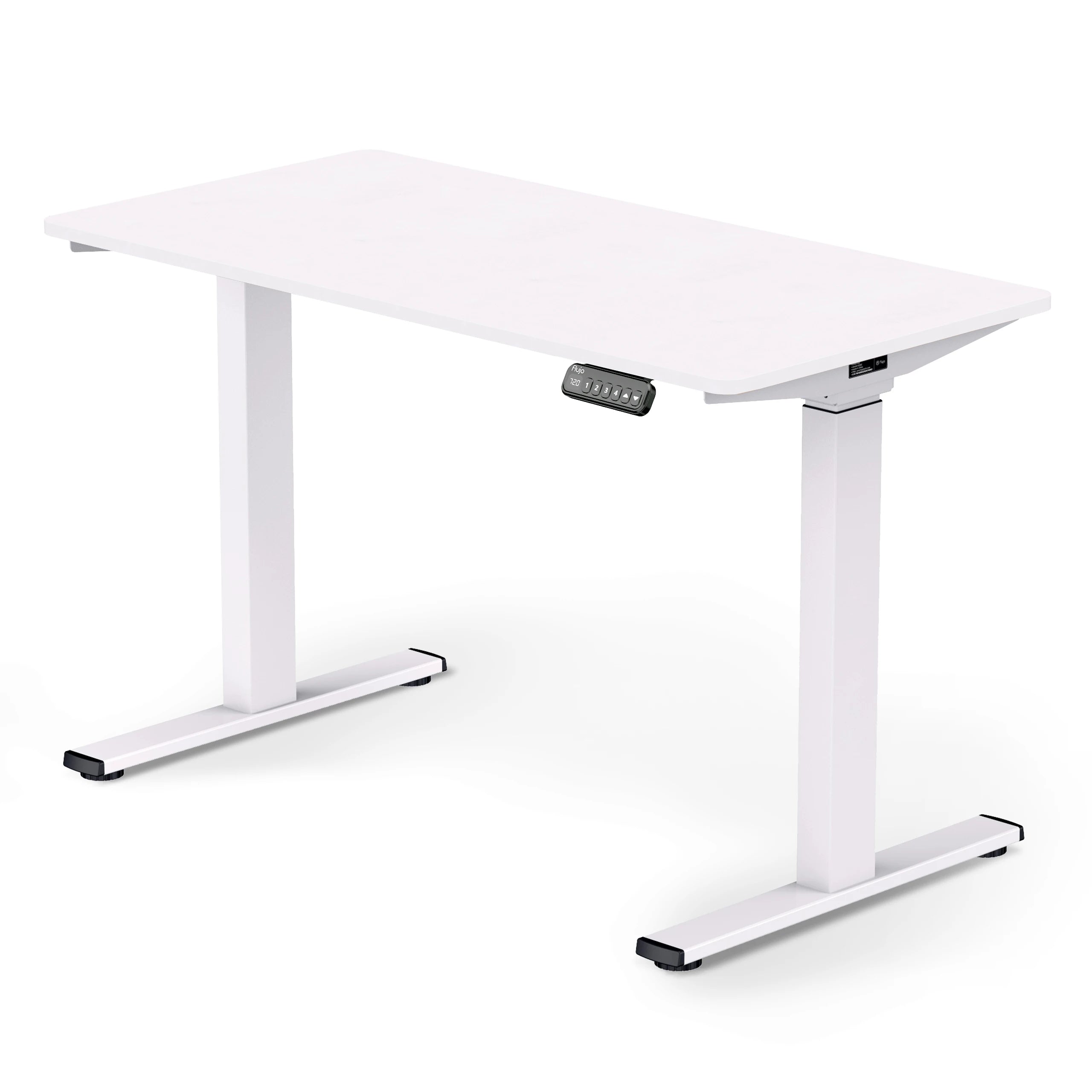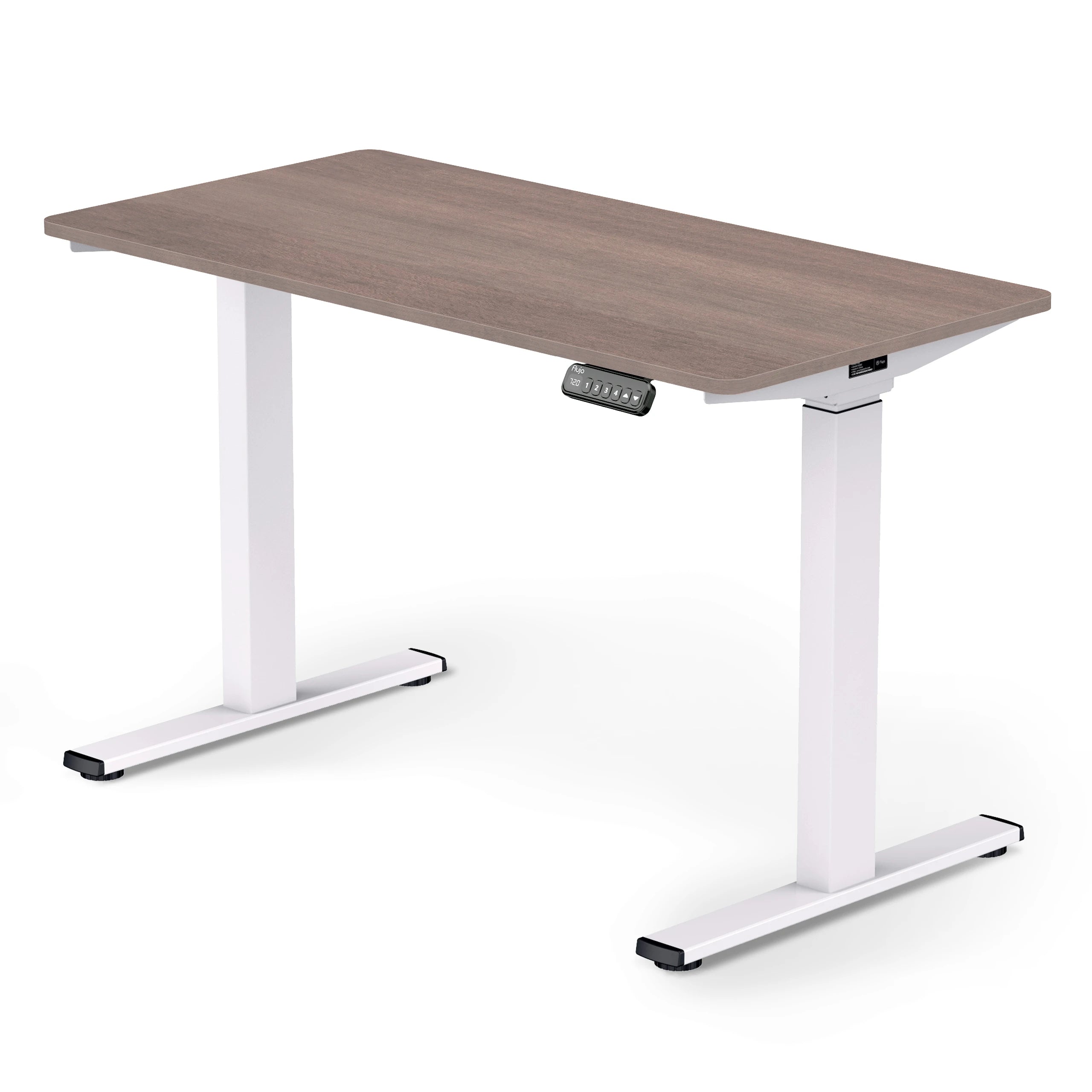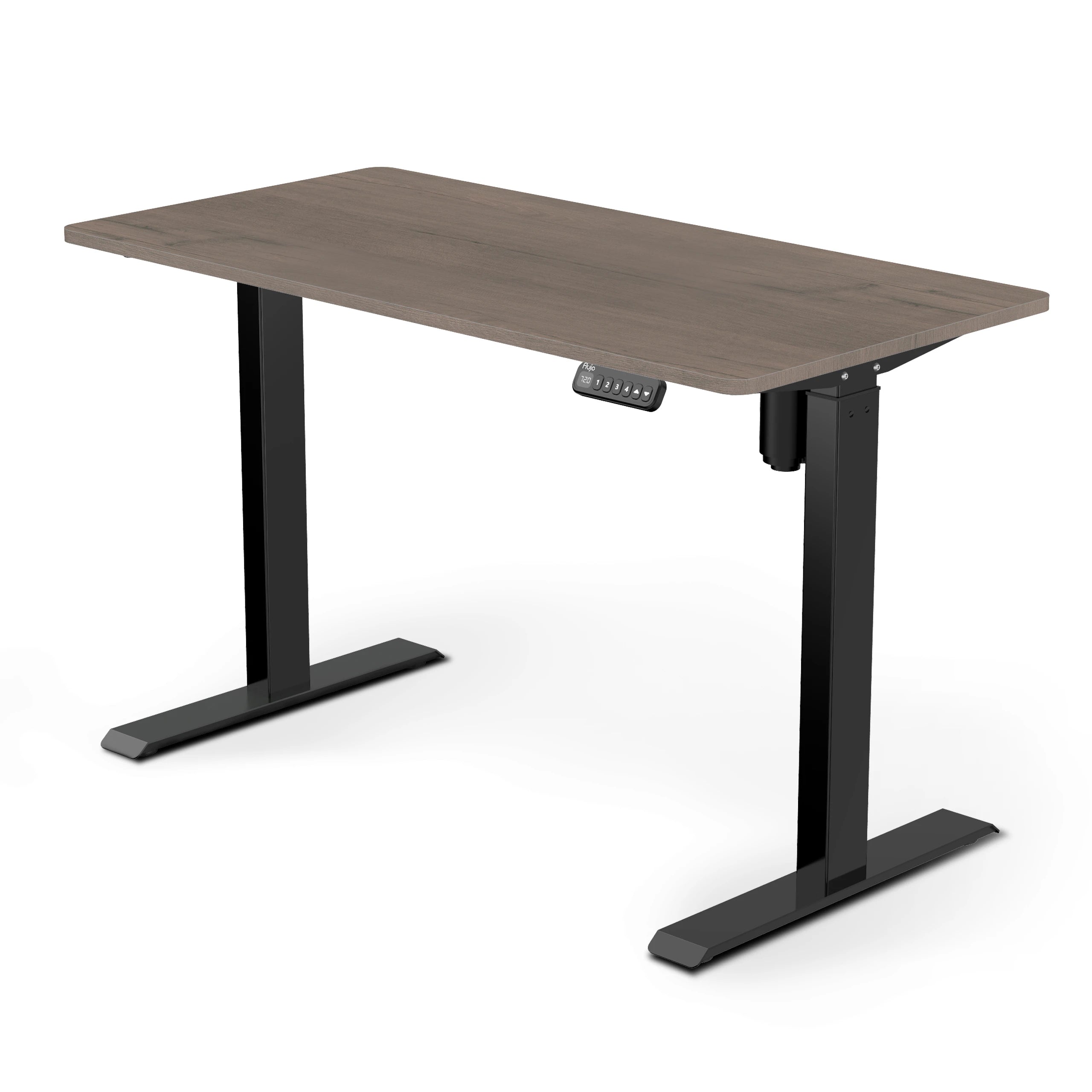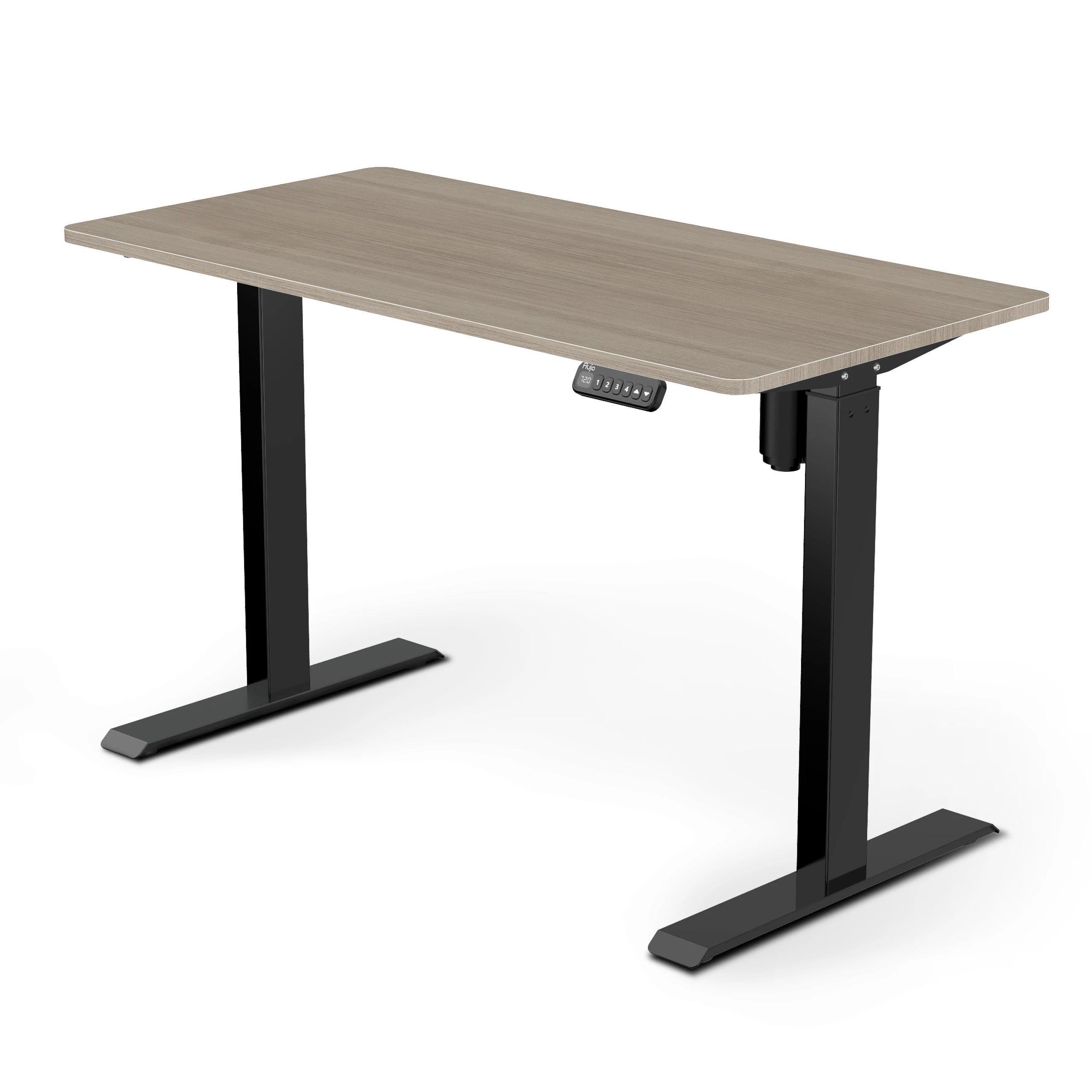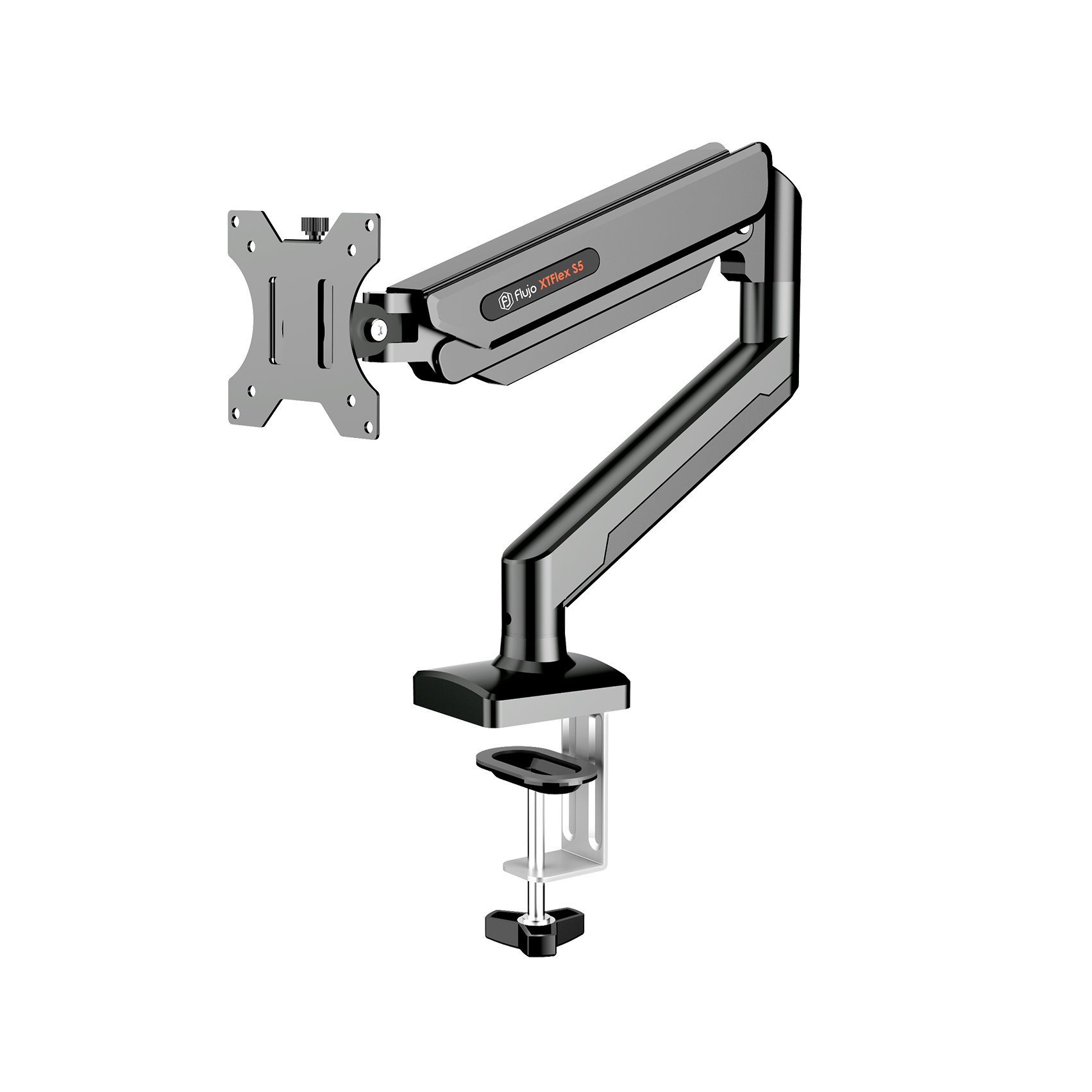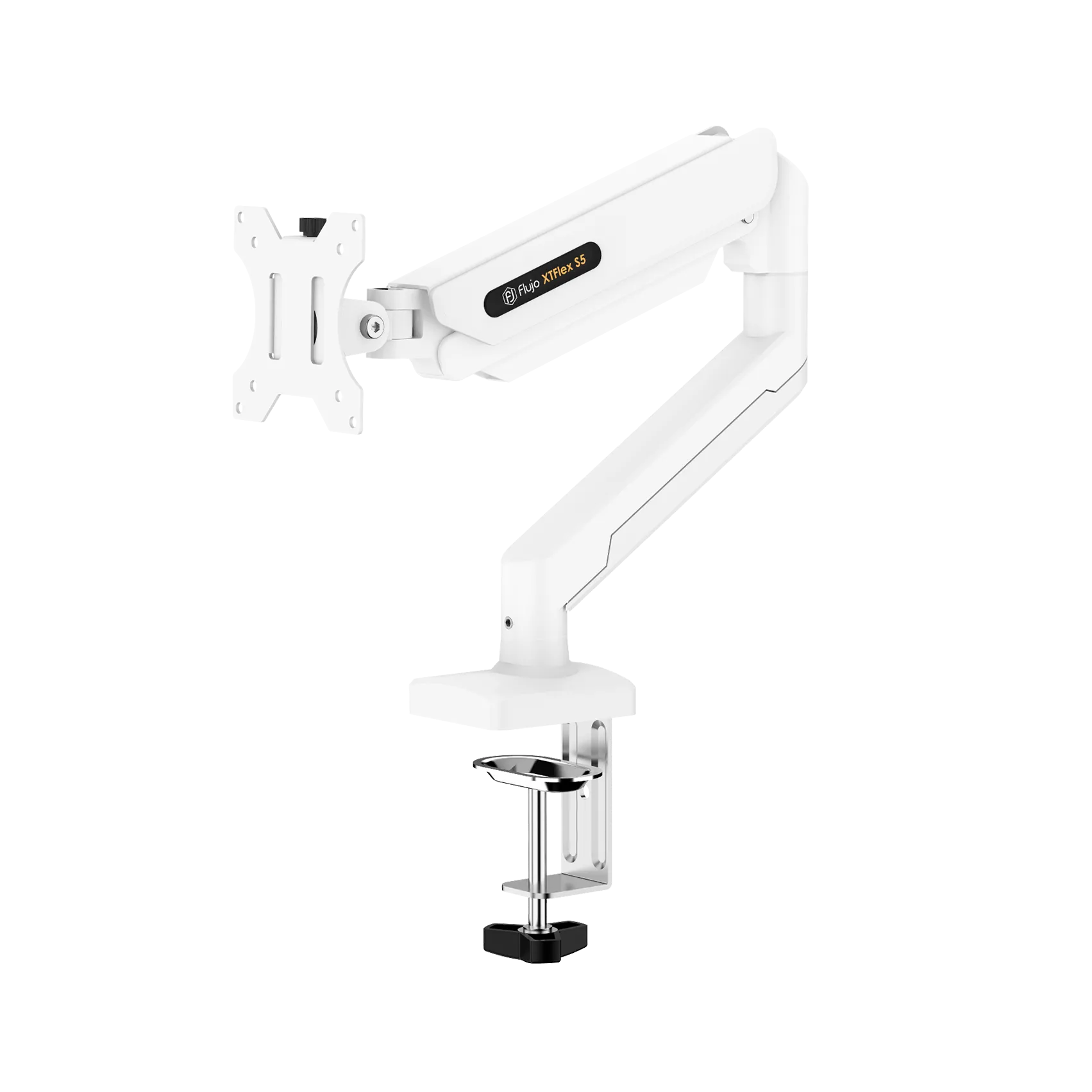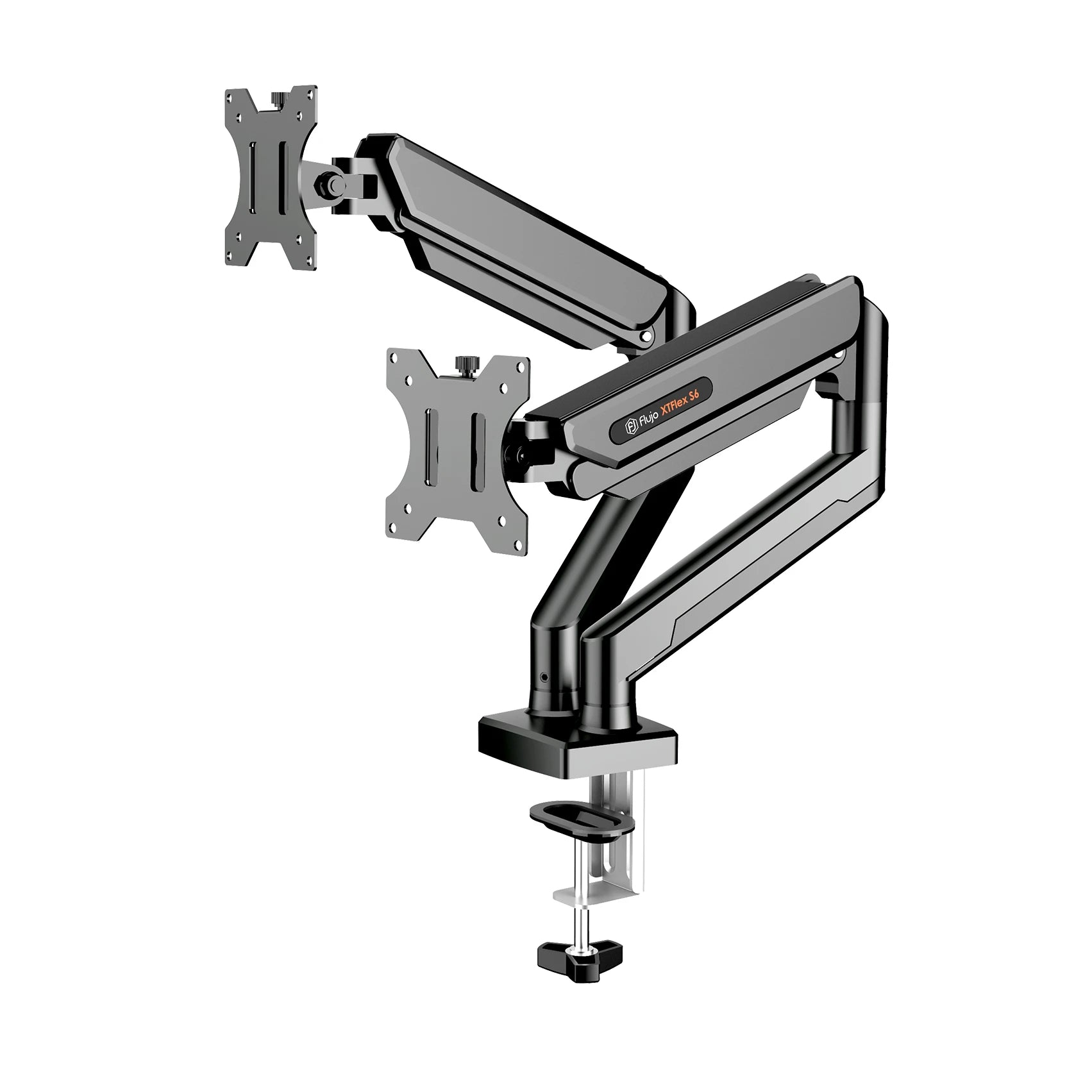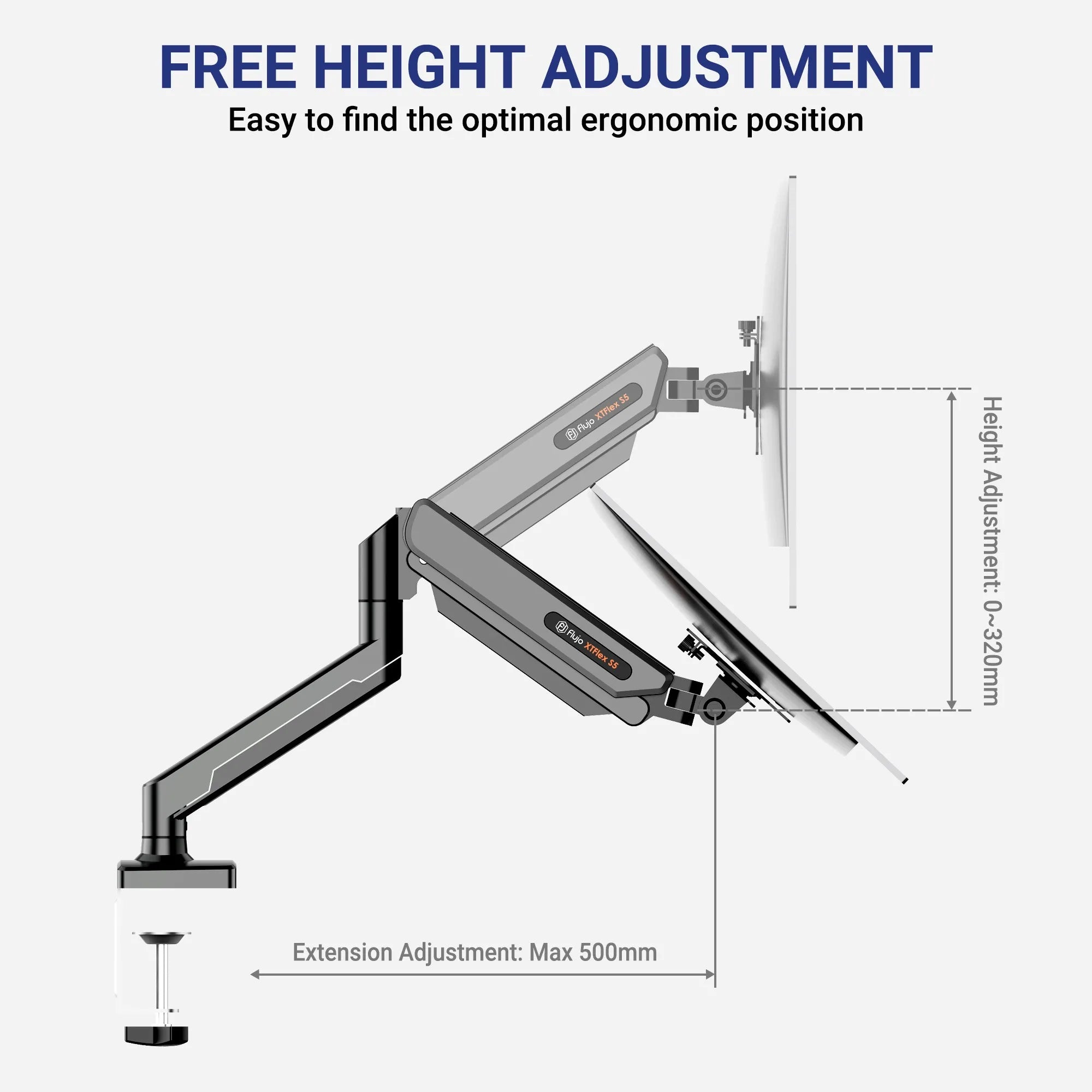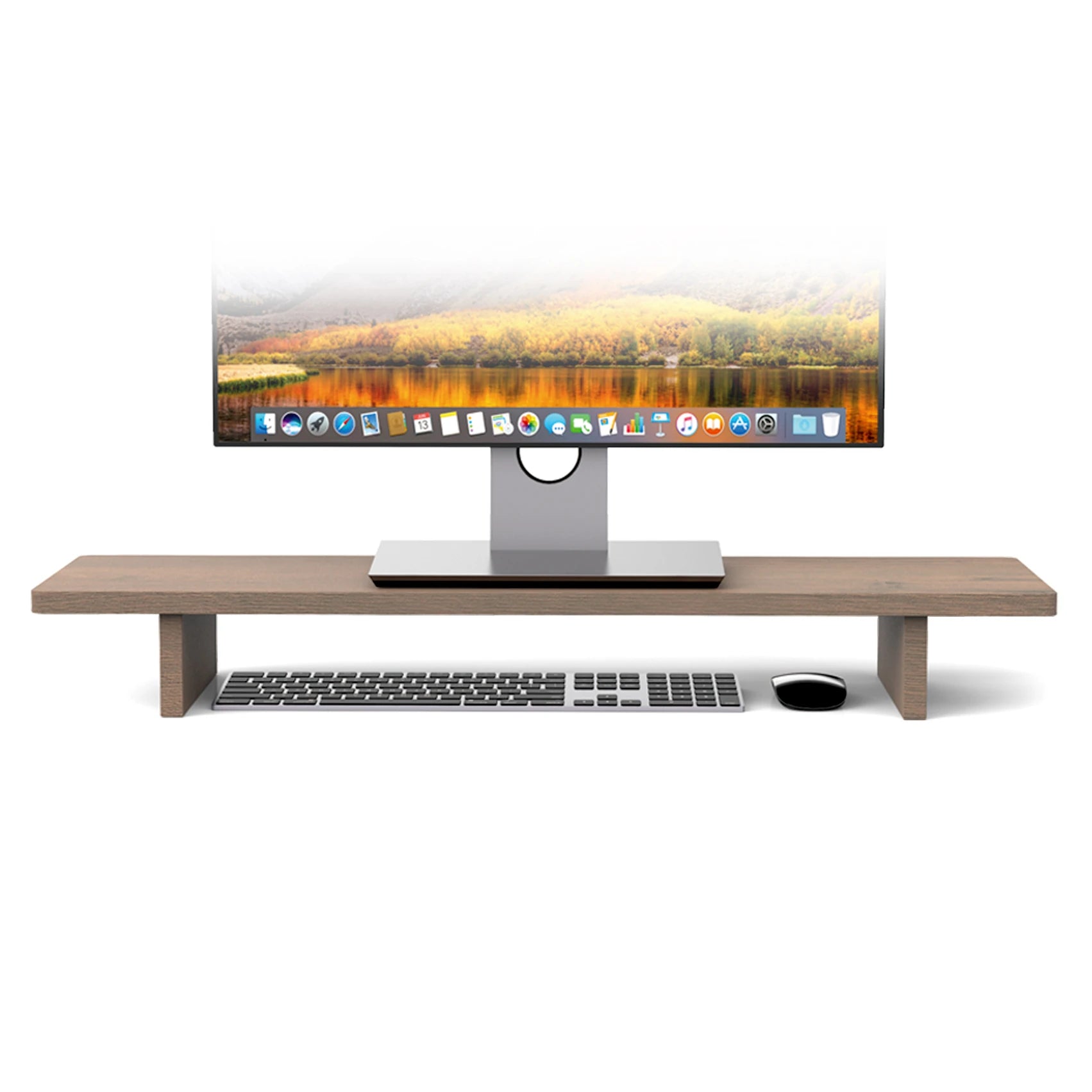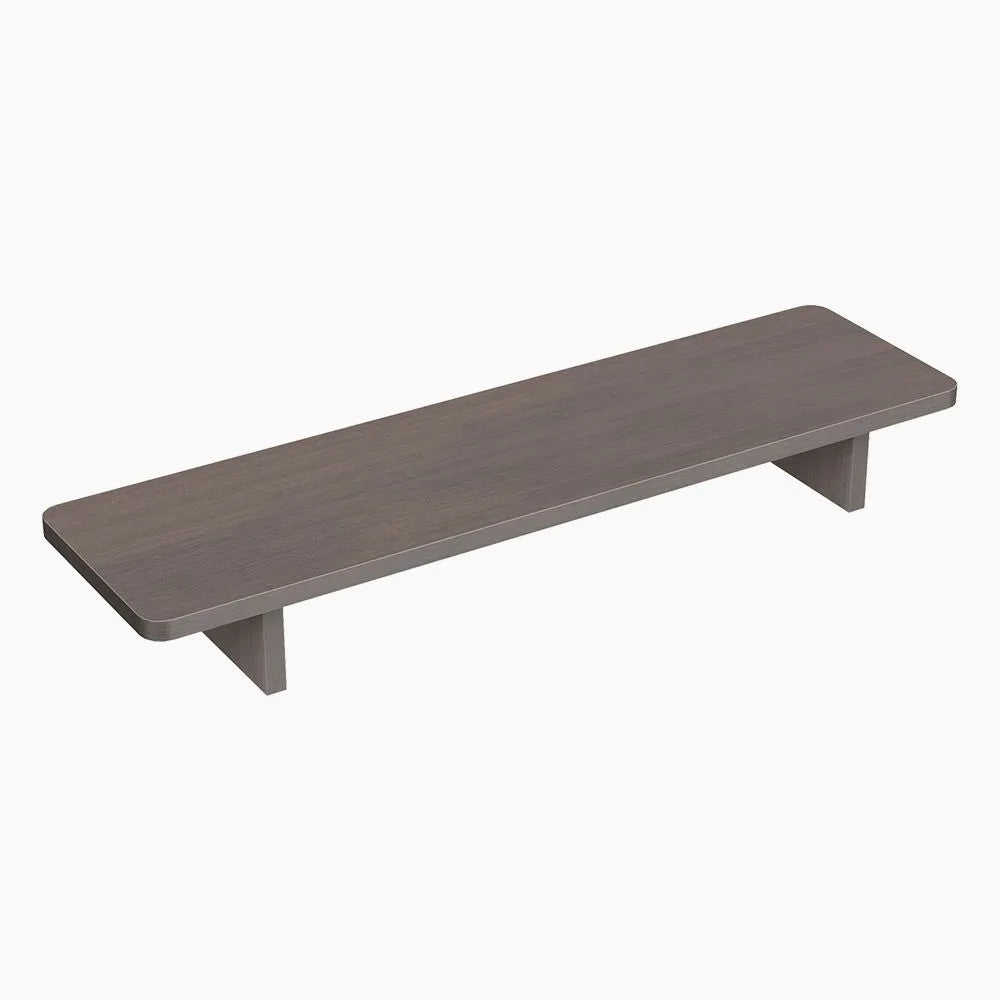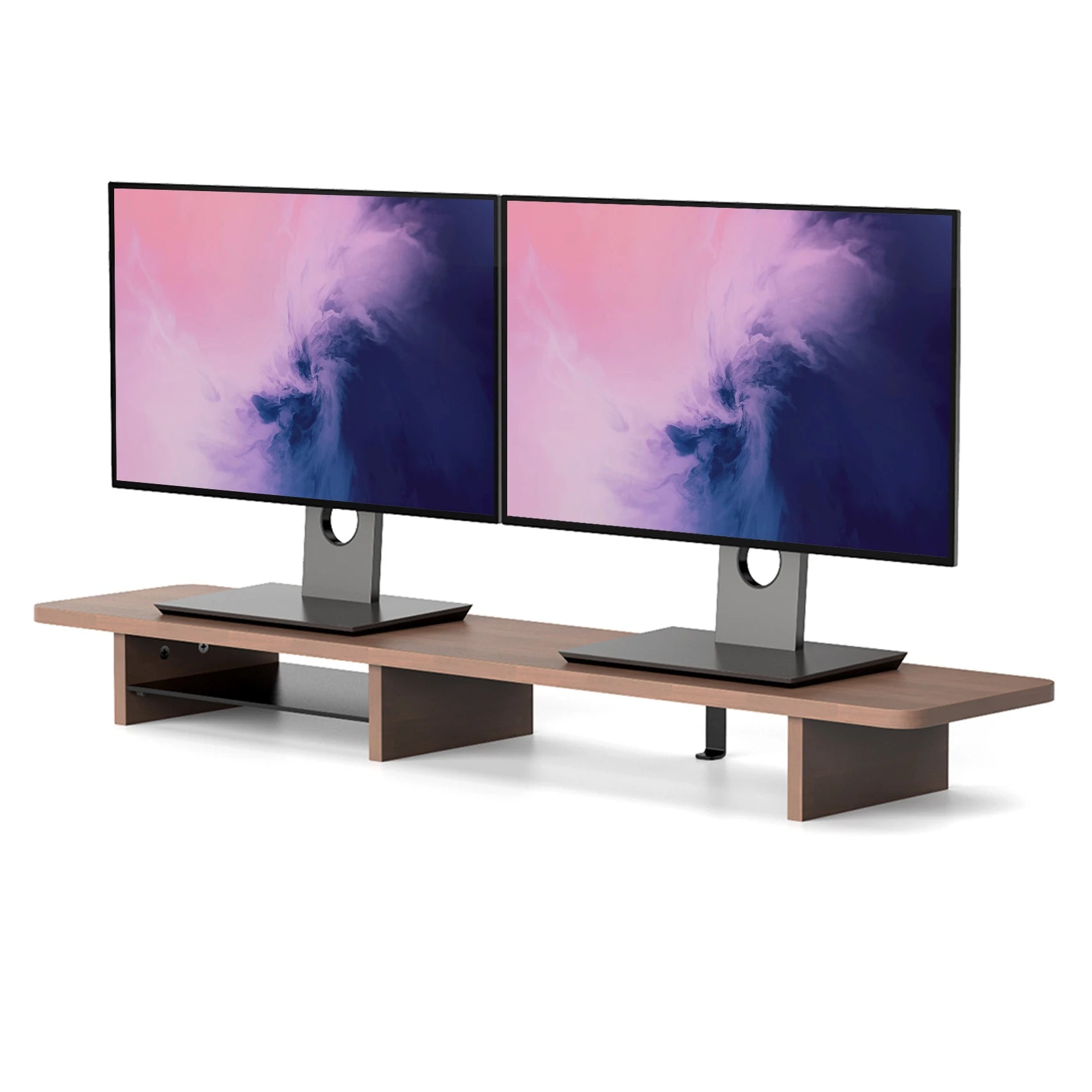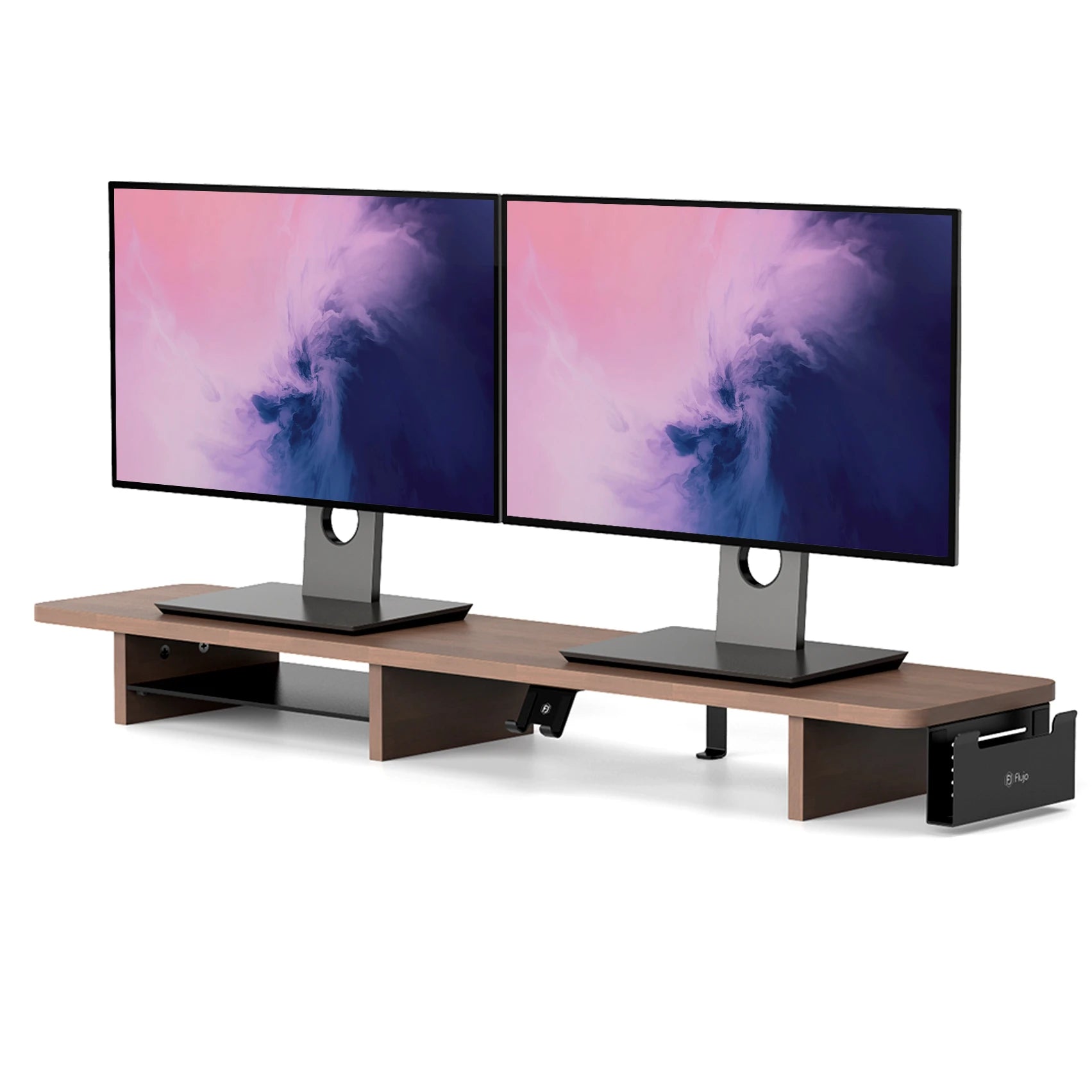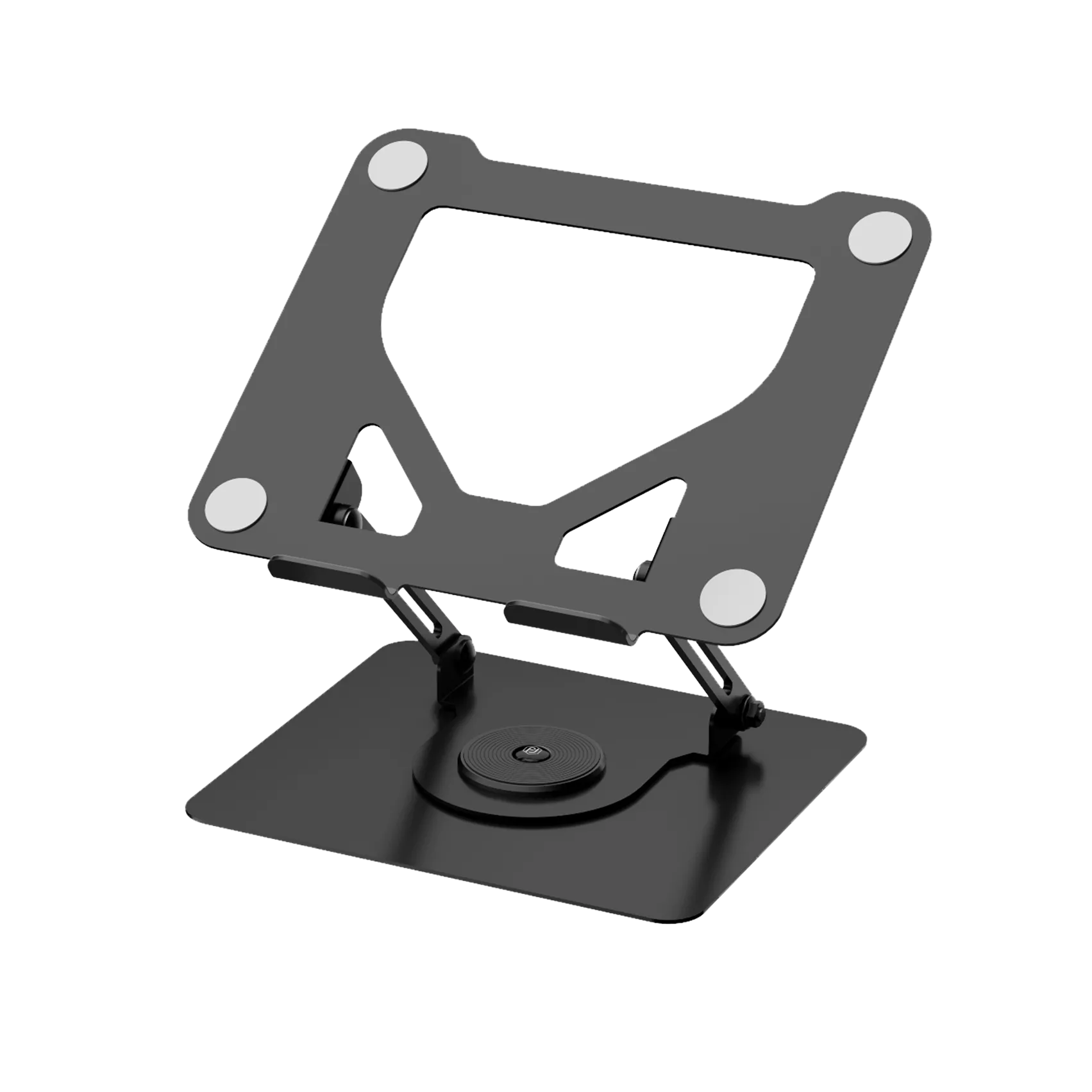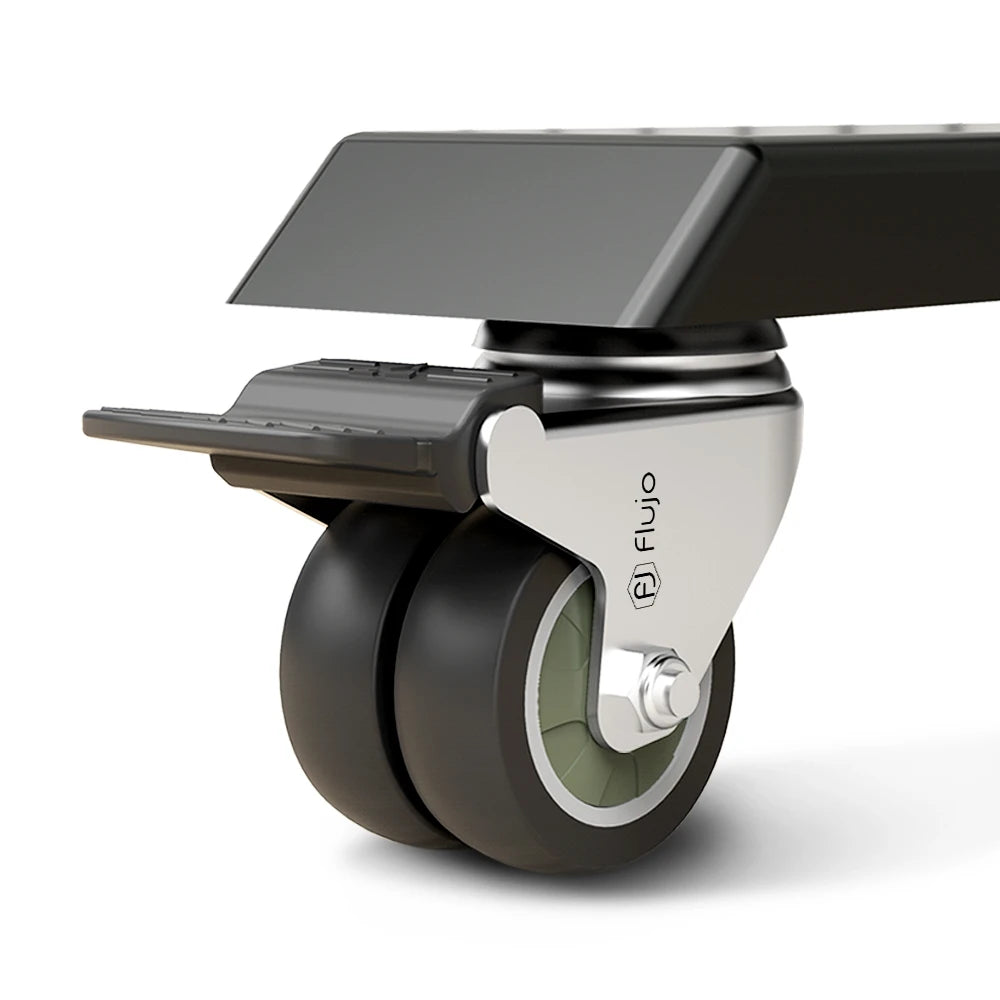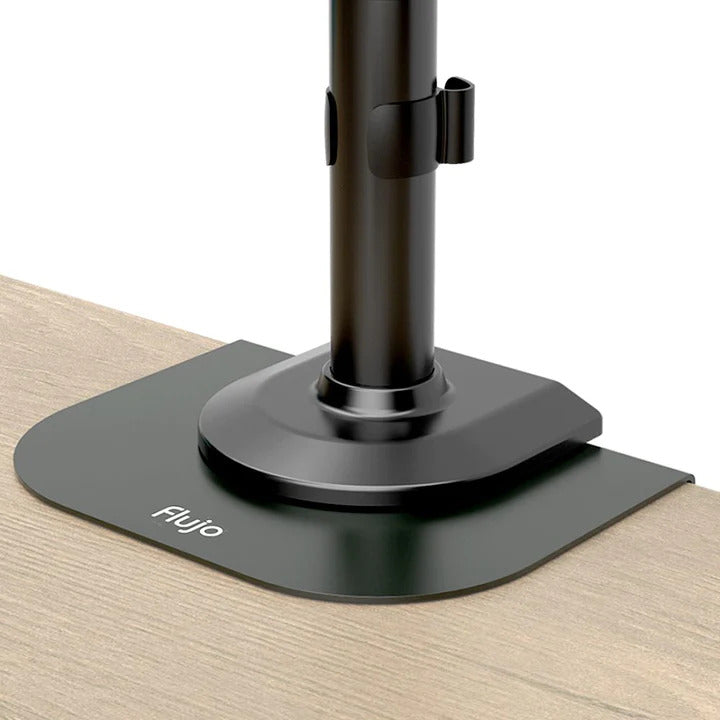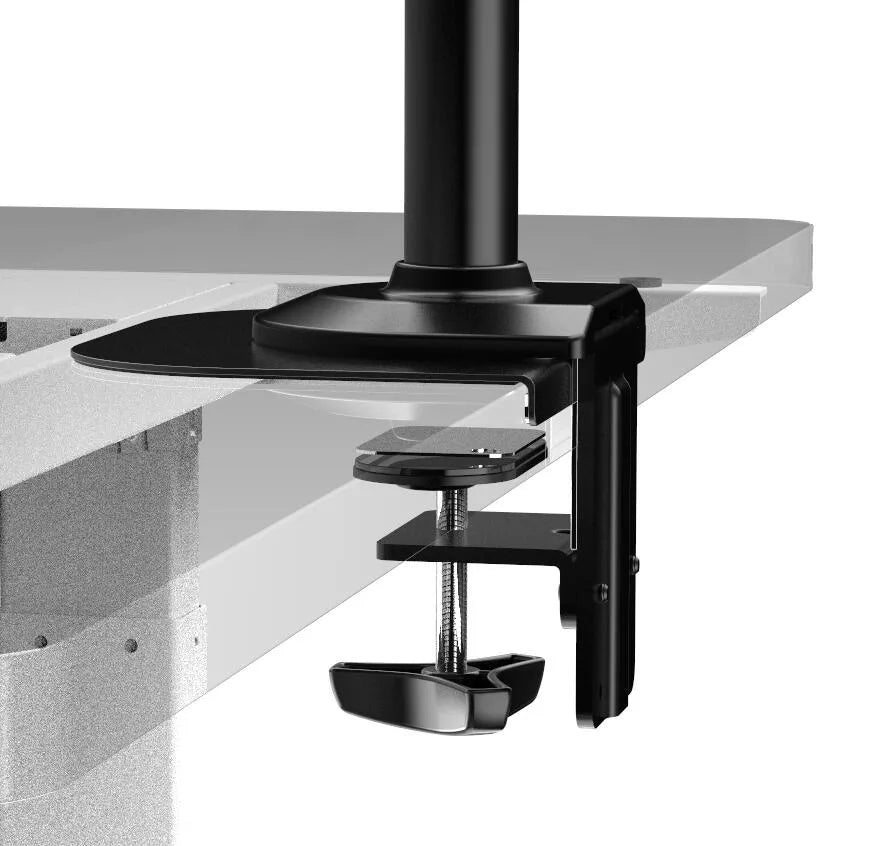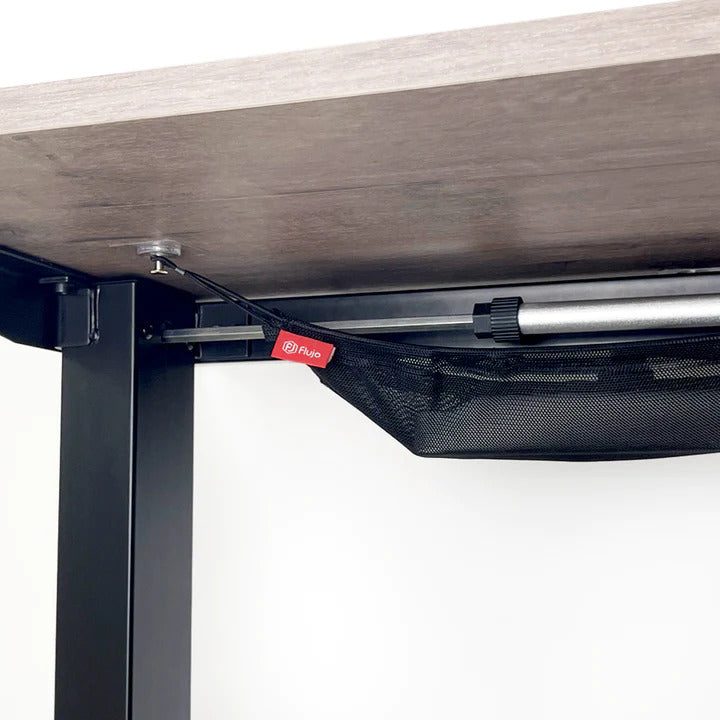Are Standing Desks Actually Healthy? Unveiling the Truth Behind the Trend
In today’s work culture, the standing desk has transitioned from a historical curiosity—used by none other than Thomas Jefferson in the 1770s—to a modern-day symbol of health and productivity. With giants like Apple and Google incorporating them into their office designs, standing desks are not just a fad but a fixture in the evolving workspace. But the burning question remains: Are standing desks actually healthy?

A Brief Journey Through Time: The Standing Desk Legacy
The concept of standing while working is not a 21st-century innovation. Historical records show that prominent figures, including Leonardo da Vinci and Winston Churchill, adopted elevated desks for their studies and offices. This blend of history and modernity underscores a continuous search for optimal work conditions.
The Backbone of Wellness: Physical Health Benefits
Easing Neck and Back Pain
Recent studies echo the sentiments of professionals like Jack Dennerlein, a professor at Northeastern University, highlighting the significant relief standing desks offer to neck and back discomfort. A comprehensive review in Applied Ergonomics noted that sit-stand desks could alleviate lower back and shoulder pain, marking a substantial improvement in physical well-being for desk-bound individuals.
Circulation and Posture
Beyond easing pain, standing desks encourage better posture and circulation. The act of standing promotes a more dynamic work environment, allowing individuals to shift and move, thus enhancing blood flow and reducing the risks associated with prolonged sitting.
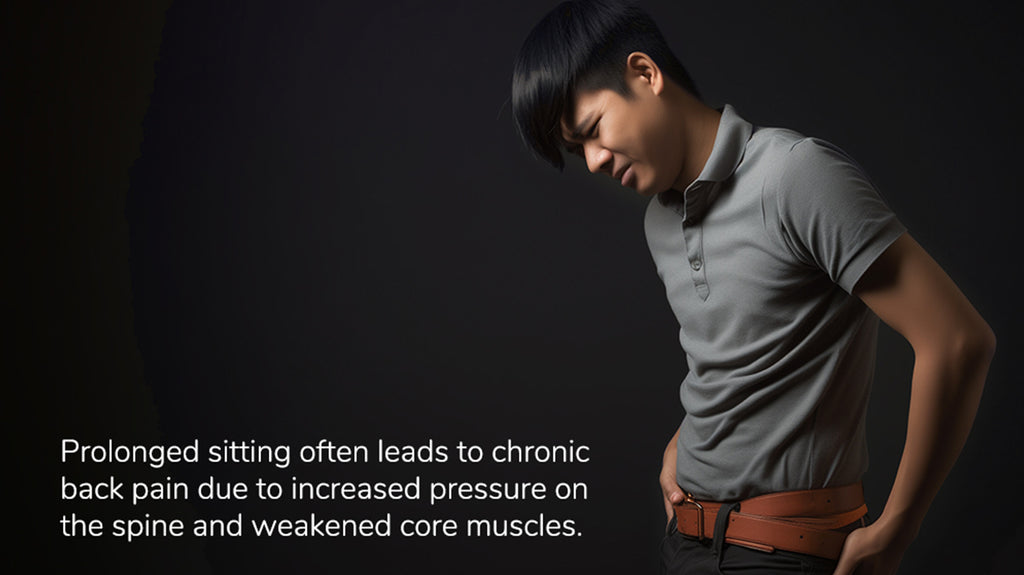
Beyond the Physical: Mental Health Advantages
Implementing standing desks has been linked to a noticeable uptick in mental health, with employees reporting heightened satisfaction and morale. This uplift in spirits is partly attributed to the increased autonomy over one’s work environment, fostering a sense of control and contentment.
Guiding Your Standing Desk Experience
Customizing Your Usage
While standing desks offer numerous benefits, moderation is key. Experts like Dennerlein caution against standing all day, recommending a balanced ratio of sitting to standing that aligns with your body’s signals and comfort.
Optimizing Ergonomics
Adjusting your desk and equipment to suit your posture and height is crucial in maximizing the benefits of your standing desk. Ergonomic considerations, such as monitor height and keyboard placement, play a significant role in avoiding strain and discomfort.
Dispelling the Myths: Setting the Record Straight
While standing desks are heralded for their health benefits, they are not a panacea for weight loss. The calorie burn from standing is modest at best. The true value of standing desks lies in their ability to promote movement and enhance well-being rather than serve as a weight loss tool.
Conclusion: Standing Tall in the Workday
Standing desks are more than just a passing trend—they represent a shift toward healthier, more mindful work habits. By incorporating a standing desk into your routine, you're not only embracing ergonomic innovation but also addressing the long-term health challenges of sedentary office life.
The key is to find a rhythm that suits your workflow—alternating between sitting and standing while staying aware of your body’s signals. A well-chosen standing desk can reduce fatigue, ease back and neck strain, and support better posture over time.
✅ Ready to transform your workday? Explore our standing desk collection and take the first step toward a more active, comfortable, and productive workspace.




